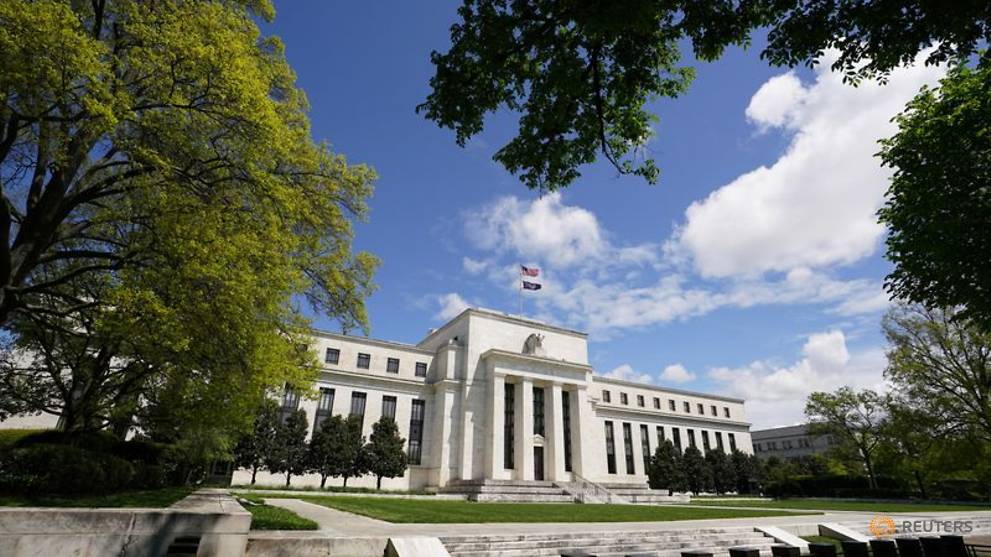
Fed to meet as Congressional deadlock over COVID-19 relief measures stretches onward
WASHINGTON: The Federal Reserve's policy-setting committee will meet on Tuesday (Sep 15) amid a prolonged deadlock in Congress over how to support the US economy battered by the coronavirus downturn.
The central bank deployed its most potent tools including trillions of dollars in liquidity lines and an emergency rate cut to near-zero in the pandemic's opening days, but the new fiscal support Fed Chair Jerome Powell and other officials have said the economy demands has yet to be approved by Congress.
The Fed is however loathe to wade directly into political debates and economists don't expect that to change at the regular two-day meeting of the Federal Open Market Committee (FOMC).
Rather, officials will perhaps offer details on their new inflation targeting strategy while underscoring that, despite some positive economic signs, unpredictability reigns.
"I would also expect them to say something along the lines of 'uncertainties abound because of the pandemic,' something we all know," said Jay Bryson, chief economist at Wells Fargo's corporate and investment bank.
The meeting will be the first after the Fed unveiled a new strategy that will keep interest rates lower for longer in a bid to achieve maximum employment for the benefit of the poor.
Steve Englander, managing director at Standard Chartered Bank, told AFP he expects the meeting to focus on that new strategy, while making clear the Fed's easy money policies aren't going away anytime soon.
The FOMC "will continue to encourage fiscal stimulus without taking sides," he said. And with this meeting the last before the November presidential election in which President Donald Trump vies for a second term against former vice president Joe Biden, the Fed is "fortunate in that there is no pressing need for any abrupt policy move."
DEADLOCK CONTINUES
Congress passed the $2.2 trillion CARES Act in March to bolster the economy but key provisions have expired and an agreement on another measure has proven elusive, with a $500 billion spending proposal failing to pass the Senate in recent days.
The pandemic caused unemployment to skyrocket to 14.7 per cent in April, though data has lately shown key sectors like retail and home sales rebounding to near their levels prior to the downturn.
The latest August data put unemployment at 8.4 per cent, which Powell told National Public Radio indicated "significant improvement," though he said he also feared for people who were already earning low wages, and for whom the coronavirus has made life even more tenuous.
David Wessel, a senior fellow at the Brookings Institution, said he'd be watching the chair's comments after the meeting for signs of his latest opinion on the tricky situation.
"With the economy showing a slightly better than expected rebound and Congress paralyzed by partisan tensions, he may be even more circumspect," Wessel said.
NEW STRATEGY
The meeting will see participants give economic projections and forecasts for as far ahead as 2023, and Englander expects they'll predict "slow recovery, slow pickup in inflation."
It will also offer the opportunity for Fed officials to elaborate on their new policy, under which the central bank will allow inflation to stay above its 2.0 per cent target for longer before raising rates, in recognizance of changes in the global economy that mean a tight labour market does not necessarily drive prices higher.
The job market is indeed far from tight and inflation has not returned in force, with the Labor Department's August consumer price index up just 0.4 per cent.
Englander said there are still missing pieces in the strategy, such as how the Fed will use its balance sheet to hit its inflation target.
Mickey Levy of Berenberg Capital Markets expected the policy statement at the meeting's close "will reflect the key elements of the new policy framework and indicate that the Fed "favours" inflation above 2 per cent without putting any number on a target."